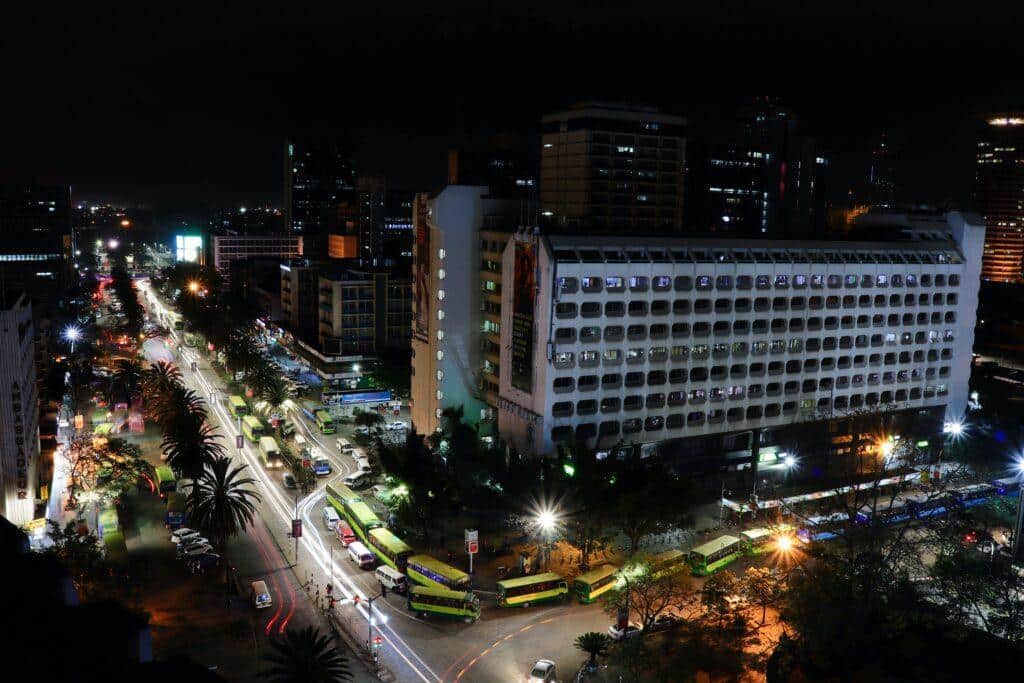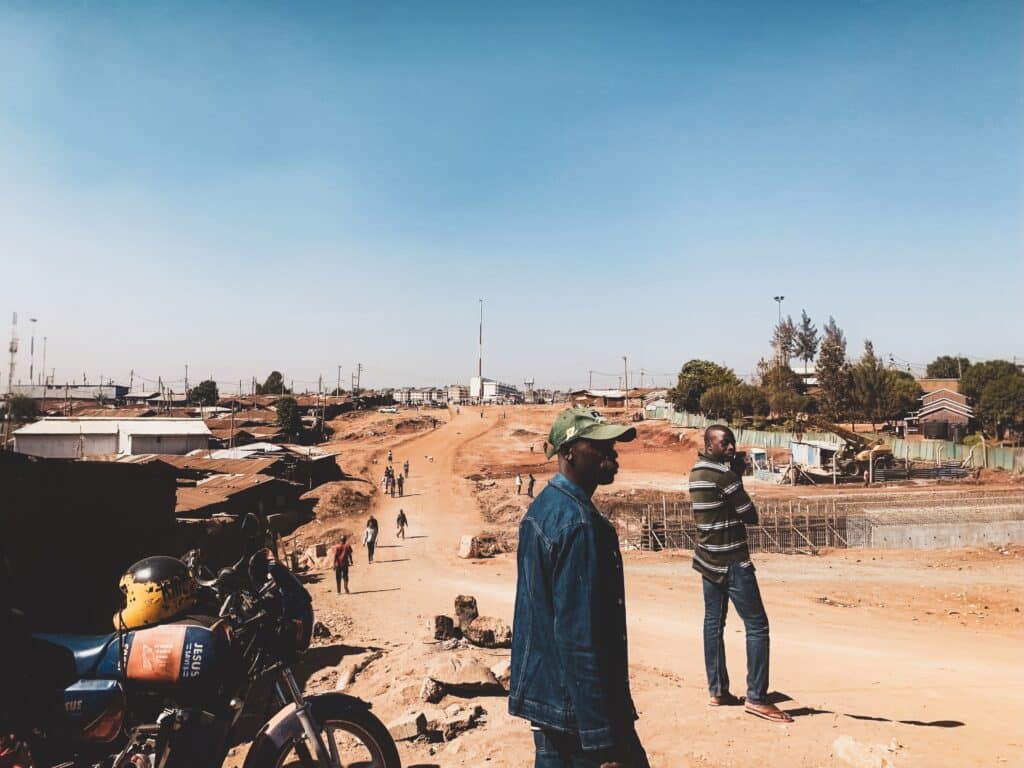Nairobi’s land resources and infrastructure are under increasing strain as a result of rapid urbanization and population increase. The growth of urban areas, as well as the need for housing, transit, and services, necessitate intelligent and effective urban planning to assure long-term development and manage possible land use conflicts. To establish a flourishing, equitable, and resilient city, Nairobi must emphasize comprehensive and strategic urban planning projects.

Urban planning is critical for regulating the geographical distribution of urban activities and maximizing land usage in order to support the city’s rising population. Nairobi may develop a balanced urban environment that improves accessibility and reduces congestion by properly allocating zones for residential, commercial, industrial, and recreational activities.
To satisfy the demands of an expanding population, the city must prioritize the optimal use of limited land resources. Compact and mixed-use building patterns can help to limit urban sprawl, protect green spaces, and foster community. Housing shortages can be addressed and inclusive urban growth can be supported by integrating affordable housing options inside well-connected neighborhoods.
Furthermore, public transportation plays an important role in minimizing traffic congestion and the environmental impact of urban expansion. Nairobi should invest in extending and strengthening public transportation systems such as buses and light rail in order to provide efficient and accessible alternatives to the use of private cars. Prioritizing non-motorized transportation infrastructure, such as pedestrian walkways and bike lanes, can help to promote more environmentally friendly mobility options.
The preservation of natural and green places is critical for minimizing the environmental impact of urbanization and improving the quality of life for residents. To mitigate the urban heat island effect, improve air quality, and create recreational places for the community, Nairobi should implement green infrastructure techniques such as urban parks, green belts, and tree planting efforts.

Participation of local communities and stakeholders is essential for good urban planning. Involving people, community groups, and companies in inclusive planning processes allows for the absorption of varied perspectives and ensures that development projects match with the needs and ambitions of the population. Public participation generates a sense of ownership and responsibility, which drives support for programs promoting sustainable urban design.
Zoning and building code enforcement are crucial in reducing land use disputes and guaranteeing respect to urban planning principles. Stricter enforcement can help to reduce unauthorized structures and preserve the integrity of approved land use zones, keeping the character and operation of various regions within the city.
Nairobi’s urban planning efforts should be consistent with larger regional and national development plans. Collaborating with adjacent municipalities and regional governments can help to coordinate urban expansion and assist effective regional development.
Adopting smart city technologies and data-driven decision-making can improve urban planning and resource management efficacy. Data analytics and digital tools can provide insights into urban patterns, resource consumption, and infrastructure requirements, allowing politicians to make more informed and evidence-based planning decisions.
Effective land use and urban planning are critical for negotiating the problems provided by Nairobi’s fast urbanization and population increase. The city may encourage sustainable growth, protect natural assets, and improve inhabitants’ quality of life by adopting comprehensive urban planning projects. Engaging the community, enforcing zoning restrictions, and partnering with regional stakeholders can all help the city achieve its goal of becoming a dynamic, inclusive, and resilient urban center. Nairobi can secure a prosperous future for its citizens and ensure that urbanization benefits to the city’s long-term well-being via careful planning and sustainable development policies.




